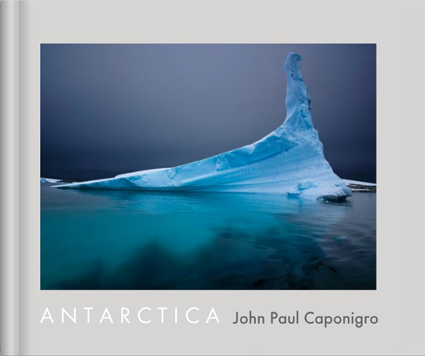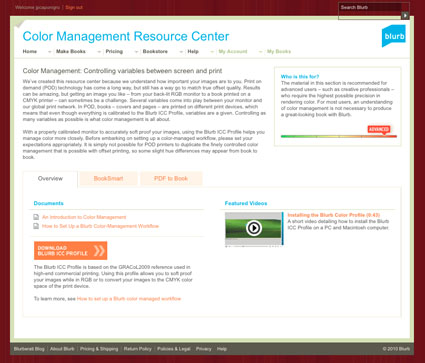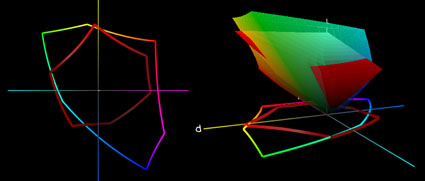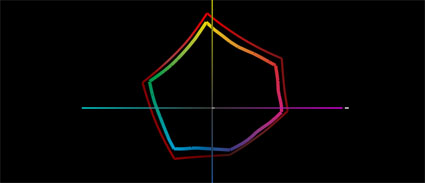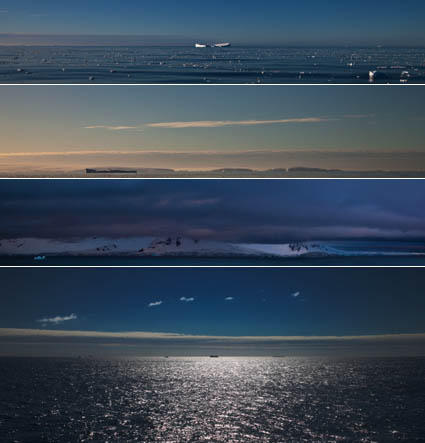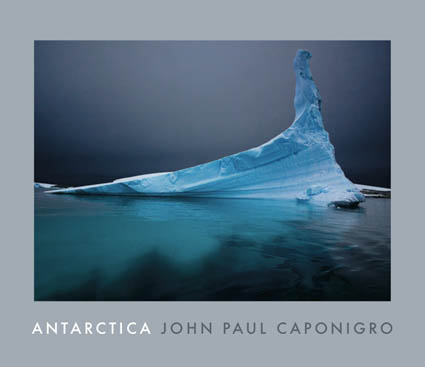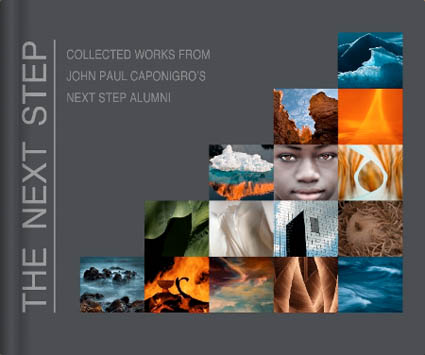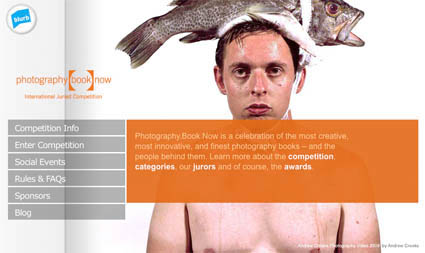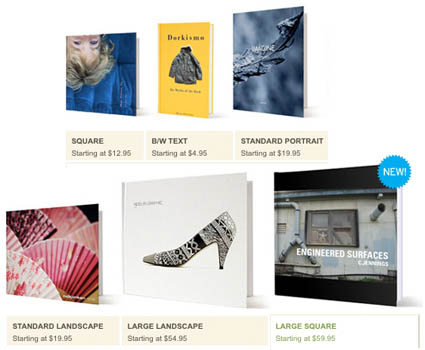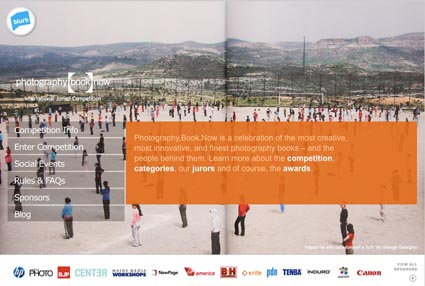
PBN’s lead judge, Darius Himes, co-founder of Radius Books, is interviewed by photo-eye Director, Rixon Reed.
Here are a few choice excerpts.
“Creating a successful book involves editing and sequencing and design all in light and in line with an overriding concept that has to be determined ahead of time. Asking yourself ahead of time, “Who is this book for?” and “What am I trying to accomplish with this book?” is extremely important.
I think that print-on-demand books have become so popular for two main reasons. First, they open up a major industry to the amateur: publishing. For the average American, it’s novel and fun to take your photos and lay them out in a book, push a button and a week later get something that looks pretty professional. That’s fun!
For the photography “professional” or art photographer, it’s also fun, but in a slightly more serious way. Most photographers dream of seeing their work in print (for a variety of reasons) and this technology opens up a whole world to them. It’s the publishing world made accessible.
But what most photographers don’t realize is that there are a whole host of people in the publishing world that work hard behind the scenes on different aspects of books, and when those people aren’t included—designers, editors, typographers, marketers, and distributors—they often end up with an inferior product.
Printing a book with an offset printer is different than using the HP Indigo printing process that is currently the standard for print-on-demand books … If you expect a print-on-demand book to look like, or have the range of materials, that an offset printed book has, you’ll be disappointed. … each has their advantages and disadvantages.
There’s no print-on-demand “author” that has sold 1000s of copies of their book (that I’m aware of). If they had, they would have made more money using offset printing and selling the project to a publisher. Again, it’s the quantity game.”
Read the whole interview on photo-eye.
Check out photo-eye.
Check out Radius books.
Check out PBN and Blurb.
